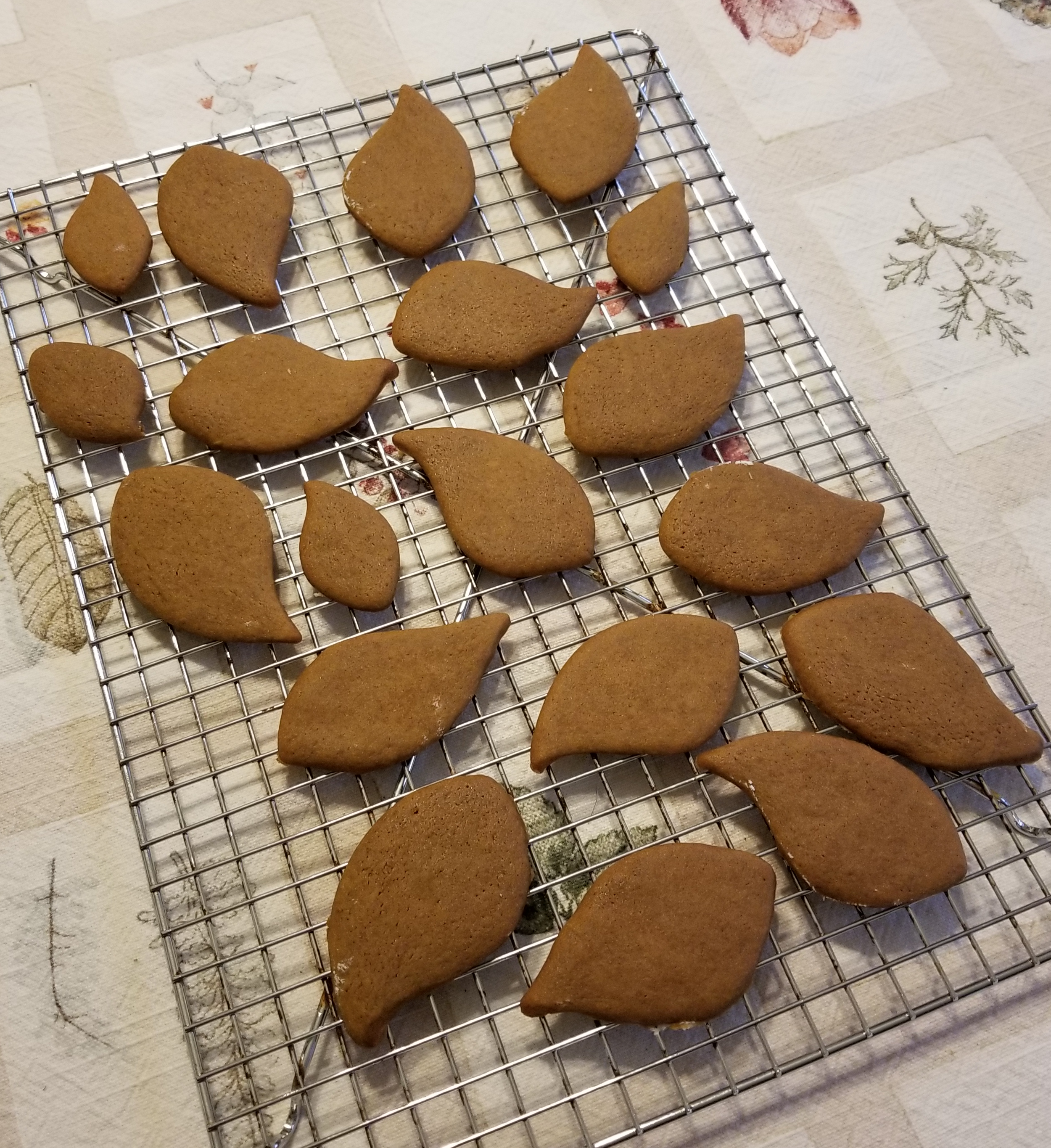"Dear, dear Norland," said Elinor, "probably looks much as it always does at this time of the year. The woods and walks thickly covered with dead leaves."
"Oh," cried Marianne, "with what transporting sensation have I formerly seen them fall! How have I delighted, as I walked, to see them driven in showers about me by the wind! What feelings have they, the season, the air altogether inspired! Now there is no one to regard them. They are seen only as a nuisance, swept hastily off, and driven as much as possible from the sight."
"It is not every one," said Elinor, "who has your passion for dead leaves."
Sense and Sensibility, Chapter 16.

I was out for a walk the other day, and all the greenways were covered with dead leaves. It reminded me of the scene above from Sense and Sensibility. It's one of my favorite scenes, because it captures so perfectly the interplay between the two sisters: Elinor's dry sense of humor, Marianne's unbridled romanticism, and the enduring affection that binds them together.
If Jane Austen were a screenwriter today, Sense and Sensibility would, of course, be very very different. The two sisters, so opposite in character, would feud and squabble through most of the action, and only discover in the denouement that they really love each other after all, and that there's a bond between them stronger than the Marianne's antipathy for conventional behavior.

It is the genius of Jane Austen that Sense and Sensibility isn't like that at all. Although opposites, Marianne and Elinor are each others' best friends and closest confidants throughout the story. Each supports the other, each sees the best in the other and each tries to bring about a happy future for the other. The tension of the novel is not that they learn to live with each other, but that they learn from each other: Marianne becomes more practical, Elinor more emotional, and they both live happily ever after.
So after my walk, I went home and made some Sense and Sensibility cookies. They are for Marianne, who has a passion for dead leaves. And they are for Elinor, who appreciates good taste. Mostly, they are for me, because I've never had a molasses cookie I didn't love.
Notes
Unlike many of the recipes I post, these cookies are not gluten-free. It's nearly impossible to make a gluten-free rolled cookie, so I tried making a dropped cookie version, reasoning that they would taste good even if they didn't look as pretty. They actually didn't taste bad, but the texture was more like a crepe than a cookie. Clearly, this needs more work.
I used Wilton's Cookie Frosting to frost my leaves. This was my first time using it, and I was pretty pleased. It works particularly well if you follow the instructions on the label, rather than assuming you know better.
I used Grandma's Molasses for these cookies. I have in the past used blackstrap molasses; I thought it gave an excellent flavor, but no one else would eat them.

Inspiration
This is a much down-sized version of "Stone Jar Molasses Cookies" from Betty Crocker's Picture Cook Book (1950). The original makes about a million cookies, so I cut it down quite a bit.

Comments powered by Talkyard.